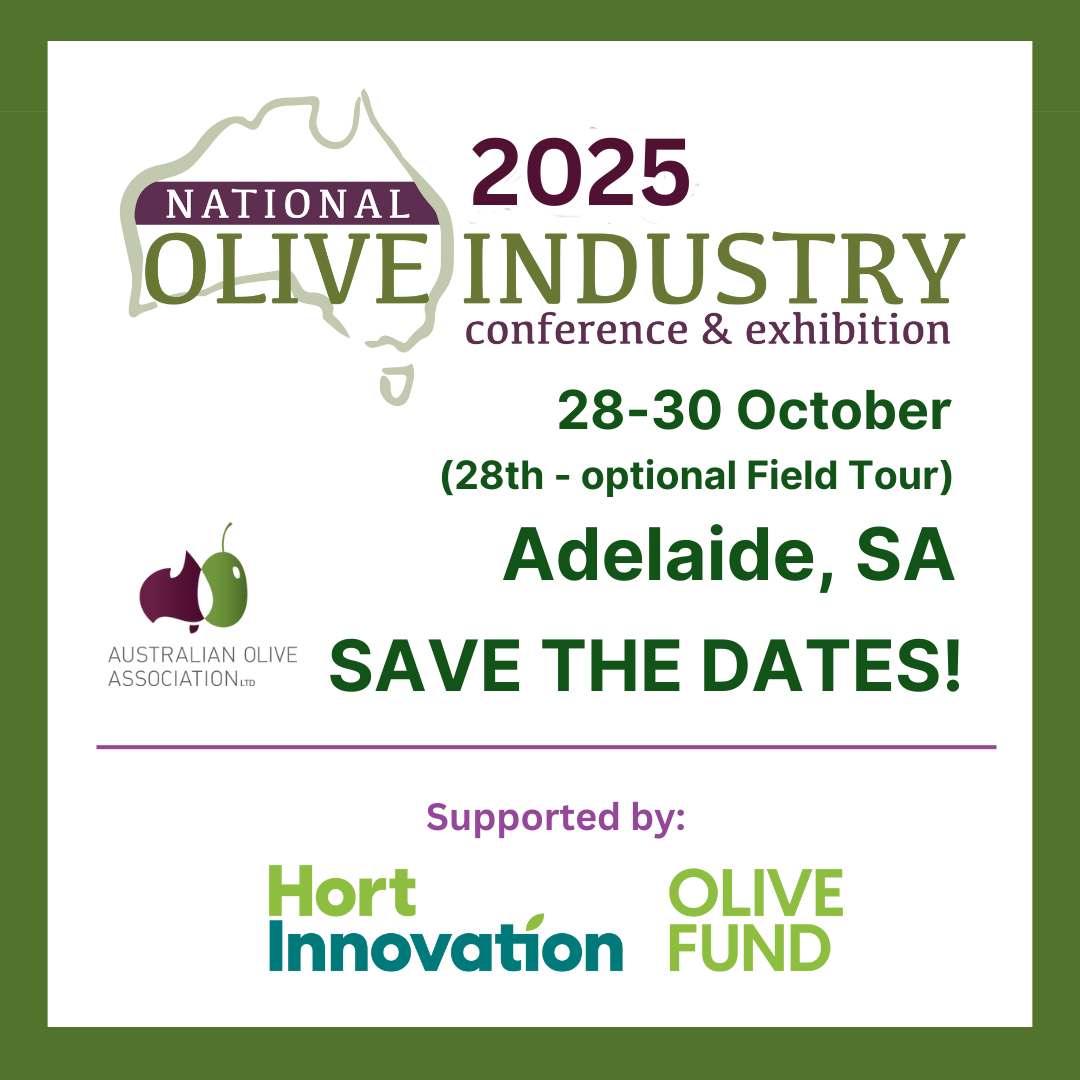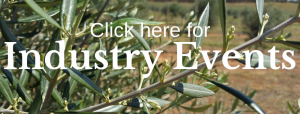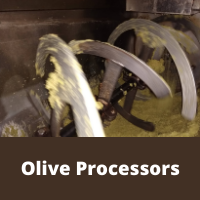
By Laura Thomas
It’s often said in life that timing is everything and olive harvest is certainly no exception. But how exactly do you know when your crop is ready to pick?
To ensure the best possible balance between fruit quantity and quality and production of beautiful Australian-grown EVOO, it’s important you understand how to identify the prime harvest time for your crop.
In Australia, olives are generally harvested anywhere from March until July.
The best time to harvest depends on where you are situated, your climate, olive variety and region. And it can change – sometimes by weeks – from year to year.
But not all olives on a tree will ripen in at the same time, just as ripening will vary from tree-to-tree and grove-to-grove within the same location.
It may seem confusing, but it really doesn’t have to be.
As outlined in the Pre-season Considerations for EVOO Processing webinar presented by agriculture scientist and international production consultant Pablo Canamasas back in 2021, a harvest plan is a very good place to start.
He said a good harvest plan would allow olive oil producers to achieve the best possible compromise between quality and quantity.
“Of course, having a harvest plan is key … this is something we would have to look at in advance. We must have an idea to guide us through on how to harvest, when and where first,” Canamasas said.
What does a good harvest plan look like?
According to Canamasas, there are a number of factors to consider when drawing up your plan and determining a well-timed harvest operation:
- Which varieties should be harvested first? Look at which varieties mature earlier in the season or more slowly and plan to harvest accordingly
- Which areas of the grove should be harvested first? Lower-lying areas might be more prone to waterlogging or frost, so earlier harvest would be of benefit
- Do you need to work around damaged or diseased fruit in the grove?
- Weather can be unpredictable – know which varieties to harvest if and when the weather turns south
- How long will the harvest take? You must know the approximate harvesting window at your grove. If fruit is left on the tree too long it will have a negative impact on the next year’s crop, so be prepared.
- When should harvest start? Technology and olive maturity indexing can all be used to determine the best time. Let us explain …
How to know when to pick
Some growers with plenty of experience and who know their groves inside out can spot a perfectly-ripe olive crop by sight, touch and instinct, technology and maturity indexing plays a crucial role for many others.
Technology and laboratory testing
A range of devices have been developed to measure and predict how the moisture and oil accumulation of their crop will evolve and therefore, determine the best time to start picking.
Equipment such as near infra red (NIR) units and specialised drying ovens allow the oil and moisture content of fruit to be measured at any time. Testing services can also be accessed via laboratories and are a great option for many growers.
Using this technology to draw a timeline of oil and moisture content of your olives, will allow you to ascertain the optimum harvest date – key information for olive growers.
Generally speaking, the fruit moisture target should be around 51-55% and oil around 25% to achieve optimum oil output and processing efficiency.
Olive maturity index sampling and why it matters
To help make informed and consistent decisions from year to year, a maturity index was developed by researchers.
The maturity index depends on the colour of the skin and flesh to assess maturity and provides information that may be useful in evaluating harvest timing to achieve a consistent style of oil
Greener fruit usually offers oils with typical characteristics (such as fresh-cut grass, leafy, green fruit, and herbaceous flavours) as well as elevated bitterness and pungency. Riper fruit generally provides characteristics (such as nutty, buttery and tropical flavours) with reduced bitterness and pungency.
A small difference in fruit maturity can have a great influence on the fruity component of the oil, but it does not reliably correlate with oil accumulation or polyphenol content in the fruit.
The maturity index gives a guide as to the stages of ripening olives:
0 = Olives the skin of which is a deep or dark green colour.
1 = Olives the skin of which is a yellow or yellowish-green colour.
2 = Olives the skin of which is a yellowish colour with reddish spots.
3 = Olives the skin of which is a reddish or light violet colour.
4 = Olives the skin of which is black and the flesh is still completely green.
5 = Olives the skin of which is black and the flesh is a violet colour halfway through.
6 = Olives the skin of which is black and the flesh is a violet colour almost right through to the pit or stone.
7 = Olives the skin of which is black and the flesh is completely dark.

Image: The stages of olive ripening, as outlined in the Olive Maturity Index. Image: RIRDC.
How to calculate the maturity index of your crop
To work out the maturity index of your crop, take a random 1kg sample of fruit from several trees of the same variety, within an area close to each-other. To ensure you have the most random sample possible, be sure to pick the fruit from across all parts of the tree.
Randomly count out 100 olives from the 1kg sample and sit them aside.
Now, organise the 100 olives into eight categories, as per the stages of ripening guide above.
Calculate your score by multiplying the number of olives in each category, by the category classification number (ie. 0 to 7)
Add all numbers together and divide it by 100 to provide your final maturity index result.
MI = (0xA+1xB+2xC+3xD+4xE+5xF+6xG+7xH)/100
where A, B, C, D, E, F, G and H are the numbers of olives belonging to classes 0, 1, 2, 3, 4, 5, 6, and 7.
Reference: Olive Maturity Index, UC Cooperative Extension, Sonoma County, October 2006.
A maturity index score upwards of 2.5 is often a target for olive oil production, depending on the final result desired.
For a detailed overview on how to apply it to your grove, have a listen to the Pre-season Considerations for EVOO Processing webinar recording with Pablo Canamasas.
Taking the science right out of it
For those new to the industry, the science and technicality of selecting a perfect harvest date can feel very confusing and overwhelming.
Many prefer to take the science right out of it and slowly learn the art of olive harvest and oil production with heart and experience.
And with some simple, practical advice from experienced Aussie growers, it’s not a bad option!
With any luck, this has given you some food for thought and the ability to move forward with confidence. All the best for a successful harvest ahead!
More information:
AOA members can also refer to the Yearly Orchard Planner, available from the Members Lounge at http://www.australianolives.com.au.
Not a member? Find out more about the benefits of joining the industry’s national representative body at http://www.australianolives.com.au/membership-benefits/.
Reference: Olive harvest project – harvest timing for optimal olive oil quality. RIRDC Publication No. 05/013 https://agrifutures.com.au/wp-content/uploads/publications/05-013.pdf.



